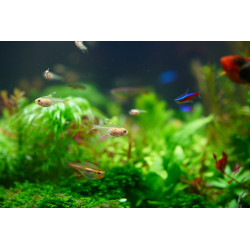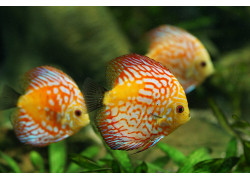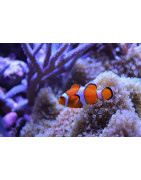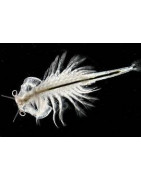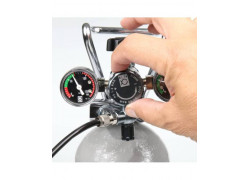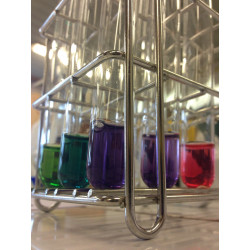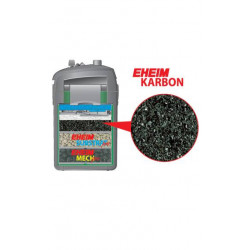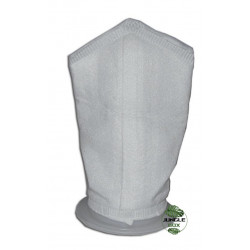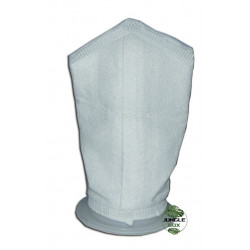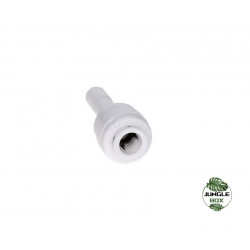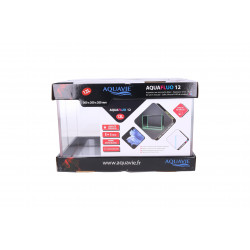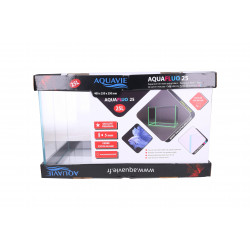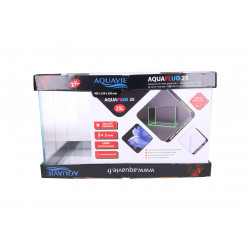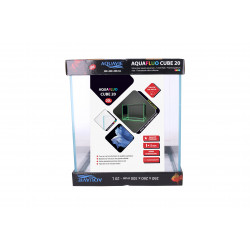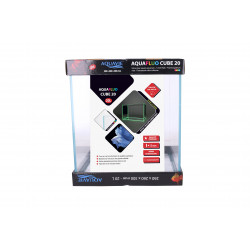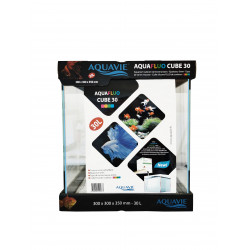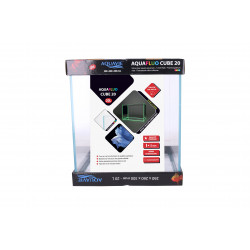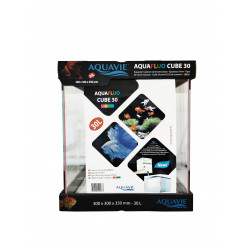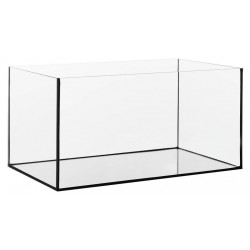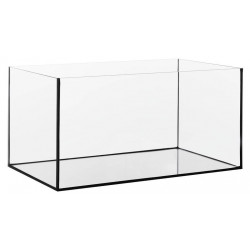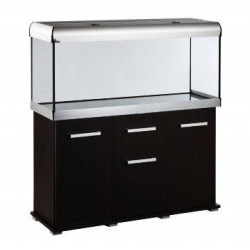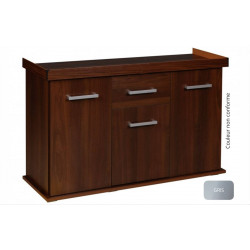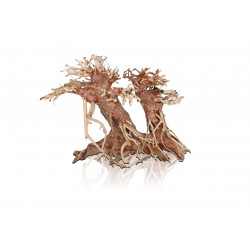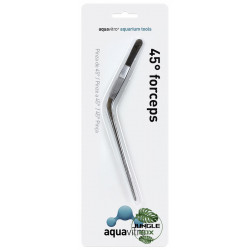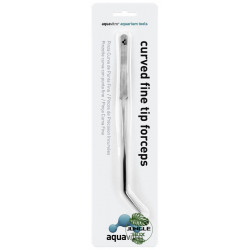Aquario
The hobby of aquarium keeping offers several benefits:
-
Animal Welfare: By providing a suitable environment for fish, plants, and other aquatic inhabitants, aquarium keeping promotes their well-being and health.
-
Education: It provides an opportunity to learn about aquatic ecosystems, fish and plant biology, as well as water chemistry.
-
Relaxation and Stress Reduction: Observing an aquarium can be calming and relaxing, reducing stress and promoting mental well-being.
-
Interior Decoration: Aquariums add an aesthetic touch to indoor spaces and can serve as decorative elements.
-
Creative Hobby: Designing and aquascaping an aquarium allows for creative expression, creating unique underwater landscapes and selecting fish and plants.
-
Community: Aquarium keeping fosters a community of enthusiasts who share knowledge, experiences, and advice, facilitating social interactions.
In summary, aquarium keeping offers a combination of benefits ranging from animal welfare to aesthetic appreciation, education, and relaxation.
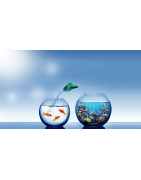
Subcategories
-
Aquascaping
Aquascaping is an art form that involves creating harmonious and aesthetically pleasing aquatic landscapes within an aquarium. It's a practice that blends artistic ingenuity with principles of landscape design and the ecology of aquatic ecosystems. Here's a detailed description of the art of aquascaping:
-
Concept and Design:
- Aquascaping begins with conceptualizing and planning the aquatic landscape. Aquascapers envision natural scenes using elements such as rocks, wood, aquatic plants, sand, and gravel.
- Basic concepts include visual balance, proportions, and creating perspectives. The idea is to replicate natural environments like forests, rivers, or rocky formations underwater.
-
Materials and Elements:
- Aquascapers select specific materials to build their creations. Rocks (like granite or basalt) and wood (such as driftwood) are chosen for their natural appearance and ability to withstand the aquatic environment.
- Aquatic plants play a crucial role in aquascaping. Species like carpeting plants (e.g., Eleocharis sp.), mosses (e.g., Java moss), and stem plants (e.g., Rotalas) are used to create different textures and depths in the landscape.
-
Construction Techniques:
- Construction techniques involve strategically arranging materials to create visually appealing effects. Aquascapers often use perspective principles to give the illusion of depth and grandeur in a confined space.
- Skills in aquatic gardening are necessary to maintain the plants and ensure their harmonious growth in the aquarium.
-
Aquatic Ecosystem:
- Aquascaping goes beyond aesthetics; it aims to create healthy ecosystems within the aquarium. Plants help maintain water quality by absorbing nutrients and producing oxygen.
- Some aquascapers introduce invertebrates and small fish to complement the ecosystem and add a lively aspect to the creation.
-
Artistic Expression:
- Aquascaping is a form of artistic expression where aquascapers showcase their vision of nature through aquatic compositions. Each creation is unique and reflects the artist's style and sensibility.
In summary, aquascaping is more than just aquarium decoration; it's a creative fusion of art, nature, and science that results in captivating and vibrant aquatic landscapes.
-
-
Aquarium
-
Eau douce
Freshwater aquariums provide a fascinating world of aquatic biodiversity, where a variety of plants, fish, and invertebrates can thrive in a controlled environment. Here are some key points about freshwater aquariums:
-
Inhabitants: Freshwater aquariums can house a multitude of species, from small colorful fish to large freshwater fish, along with a wide variety of aquatic plants and invertebrates such as shrimp and snails.
-
Nitrogen Cycle: Like in natural ecosystems, freshwater aquariums require a biological balance. The nitrogen cycle is crucial for maintaining a healthy environment, where bacteria break down organic waste into less harmful substances.
-
Aquatic Plants: Aquarium plants play a vital role in the ecological balance of the aquarium. They absorb nutrients and carbon dioxide, produce oxygen, provide hiding places for fish, and contribute to biological filtration.
-
Maintenance: Freshwater aquariums require regular maintenance, including periodic water changes, cleaning of glass and substrates, pruning of plants, and maintenance of equipment such as filters and pumps.
-
Lighting and Heating: Adequate lighting is essential for plant growth and the well-being of aquarium inhabitants. Additionally, a heating system maintains a constant water temperature suitable for the needs of fish and plants.
-
Decoration: Aquarium layout and decoration are also important for creating a natural and aesthetic environment. Elements such as rocks, driftwood, gravel, and ornaments can be used to create unique aquatic landscapes.
In summary, freshwater aquariums offer a captivating experience of aquatic life and can be a rewarding and educational hobby. With the right care and attention, a freshwater aquarium can become a thriving ecosystem and a centerpiece of your living space.
-
-
Eau de mer
Marine aquariums offer a captivating world of marine biodiversity, where a multitude of colorful and fascinating creatures can be observed. Here are some important insights into marine aquariums:
-
Inhabitants: Marine aquariums can house a wide variety of marine organisms, including fish, corals, invertebrates such as shrimp, crabs, and mollusks, as well as sponges and starfish.
-
Ecosystem: Marine aquariums aim to recreate a miniature marine ecosystem, often centered around artificial coral reefs. These ecosystems are often highly complex and require careful care and attention to maintain biological balance.
-
Water Parameters: Marine aquariums have strict requirements for water parameters, including salinity, temperature, pH, calcium, magnesium, and alkalinity levels. It is crucial to monitor and maintain these parameters within appropriate ranges for the health of the aquarium inhabitants.
-
Nitrogen Cycle: Similar to freshwater aquariums, marine aquariums require a stable nitrogen cycle to break down organic waste into less harmful substances. This involves the presence of beneficial bacteria that convert ammonia into nitrites and then nitrates.
-
Lighting: Lighting is crucial for marine aquariums, especially for photosynthetic corals. Special lamps, such as LED or T5 lamps, are often used to provide an appropriate light spectrum for coral and plant growth.
-
Maintenance: Marine aquariums require regular maintenance, including cleaning of glass and substrates, pruning of corals and plants, maintenance of filtration and circulation equipment, as well as regular water changes.
-
Aquaculture: Many marine corals and fish available in the trade are produced through aquaculture, which helps reduce pressure on wild populations and promotes sustainable practices.
In summary, marine aquariums offer an incredible aquatic experience but require significant commitment in terms of time, effort, and resources to maintain a healthy and stable environment. With proper care, they can provide hours of enjoyment and wonder for aquarium enthusiasts.
-
-
Elevage d'artemia
Breeding artemia, also known as "brine shrimp," is a common practice in aquaculture and aquarium hobby due to their usefulness as live food for fish and marine invertebrates. Here are some key points about breeding artemia:
-
Breeding Setup: Breeding artemia requires a suitable container such as a plastic tub or shallow aquarium. The water should be salted, typically with a salinity of 25 to 35 ppt (parts per thousand), similar to seawater.
-
Reproduction Cycles: Artemia reproduce rapidly and can produce multiple generations in a short time. Eggs hatch into nauplius larvae in approximately 24 hours under optimal conditions.
-
Feeding Artemia: Artemia feed on microalgae, yeast, or algae powder during their early developmental stages. Later, they can be fed with commercial artemia food or other types of live food.
-
Harvesting Artemia: Artemia nauplii can be harvested using a fine sieve or an air-powered pipette. They can then be rinsed and fed to fish or invertebrates.
-
Maintenance of Breeding: Breeding artemia requires regular maintenance, including cleaning the container, monitoring water salinity and temperature, as well as managing the population to prevent overpopulation.
-
Use as Food: Artemia nauplii are an excellent source of nutrition for fish and marine invertebrates, especially for newly hatched or rapidly growing species.
In summary, breeding artemia is a relatively simple and rewarding practice that allows aquarium enthusiasts to provide high-quality live food to their aquatic animals. With proper care, it is possible to obtain a regular supply of this valuable food for your aquatic pets.
-
-
Remise à Niveau
Setting up an automatic water top-off system in an aquarium can greatly simplify regular aquarium maintenance. This system is designed to maintain the aquarium's water level by automatically adding fresh water when the water level drops. Here are some key components of the equipment used for an automatic water top-off system in an aquarium:
-
Water Reservoir: A water reservoir is needed to store the fresh water that will be added to the aquarium. This reservoir can come in various sizes depending on the aquarium's capacity and the frequency of necessary water additions.
-
Pump: A pump is used to transport water from the reservoir to the aquarium. This pump should be capable of providing sufficient flow to fill the aquarium efficiently, but also be adjustable to control the rate of water added.
-
Control System: A control system is used to automate the water top-off process. This can be a simple programmable timer that activates the pump at regular intervals, or a more advanced system that monitors the aquarium's water level and activates the pump when the level drops below a certain threshold.
-
Water Level Sensor: A water level sensor is essential for triggering the water top-off system when the aquarium's water level decreases. This sensor can be placed inside the aquarium to directly detect the water level, or outside with a plunging probe.
-
Pipes and Fittings: Pipes and fittings are used to connect the pump to the water reservoir and the aquarium. It's important to use food-grade pipes to ensure the safety of the water added to the aquarium.
By utilizing an automatic water top-off system in an aquarium, aquarists can maintain a constant water level without the need for manual monitoring and regular water additions. This helps create a more stable environment less prone to fluctuations for the aquarium inhabitants.
-
-
Système CO2
A CO2 system in an aquarium is a setup designed to supply carbon dioxide (CO2) to aquatic plants, aiding in their growth and health. Here's some information about CO2 systems in aquariums:
-
Purpose: Aquatic plants require CO2 for photosynthesis, a process vital for their growth and oxygen production. In an aquarium, especially in densely planted tanks or those with high light levels, the natural CO2 levels may be insufficient for optimal plant growth. A CO2 system supplements this by providing additional CO2 to the water.
-
Components: A typical CO2 system includes a CO2 cylinder containing compressed gas, a pressure regulator to control the flow of CO2, tubing to deliver the gas to the aquarium, and a diffuser or reactor to dissolve the CO2 into the water. Some systems may also include a solenoid valve to regulate CO2 injection according to a timer or pH controller.
-
Benefits: Adding CO2 to the aquarium can lead to healthier and more vibrant plant growth. It enhances photosynthesis, resulting in faster growth, improved coloration, and increased oxygen production. Additionally, dense plant growth can help to naturally balance the aquarium ecosystem by consuming excess nutrients and reducing algae growth.
-
Considerations: While CO2 supplementation can benefit aquatic plants, it's important to maintain proper CO2 levels to avoid harming fish and other aquarium inhabitants. Excess CO2 can lead to fluctuations in pH levels and cause stress or even fatalities among fish. Monitoring equipment such as pH controllers or drop checkers can help ensure CO2 levels remain within safe parameters.
-
Cost: The cost of a CO2 system can vary depending on its complexity and the size of the aquarium. Basic setups may be relatively affordable, while more advanced systems with automated controls can be more expensive.
-
Maintenance: Regular maintenance is essential to ensure the proper functioning of a CO2 system. This includes refilling or replacing CO2 cylinders, adjusting the CO2 flow rate as needed, and periodically cleaning the diffuser or reactor to prevent clogging.
Overall, a CO2 system can be a valuable addition to a planted aquarium, promoting lush and healthy plant growth. However, proper setup, monitoring, and maintenance are crucial to ensure the well-being of both plants and aquatic life in the aquarium.
-
-
Test de l'eau
-
media and Actived resin
-
Filtration Media: Used for biological filtration by providing a surface for beneficial bacteria. They typically only need to be rinsed periodically.
-
Activated Resin: Used to treat specific issues like removing nitrates, phosphates, or other chemicals. It needs to be replaced or regenerated after use.
Choose based on your aquarium's specific needs to maintain clean and safe water for your fish.
-

